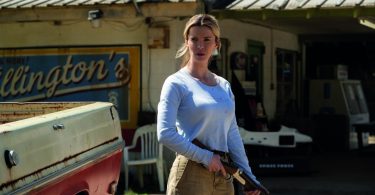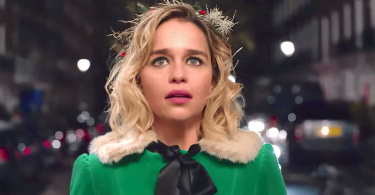There are few animations which really make an impact, they tend to be repetitive and unchallenging.
There are few animations which really make an impact, they tend to be repetitive and unchallenging. However, twenty five years ago Ghibli, a Japanese animation house, released simultaneously My Neighbour Tortoro and Grave of the Fireflies launching a legendary career in animation. Judge these films, not on their subtitles but their originality, humour, relevance and depth. I guarantee that this will rival anything from Disney or Pixar. Therefore, here we are celebrating twenty five years of brilliance by looking at some of their most successful animations where Ghibli has reinvented story telling for the old and young alike.
Howl’s Moving Castle (2001)
Miyazaki knew that following the huge successes of his last two films, both domestically and now worldwide, would be a difficult task. He opted to adapt an existing novel of the same name by English writer Diana Wynne Jones; however the film is very different from Jones’s original novel. The plot is similar, but it is flavoured with Miyazaki’s familiar style and characters, as well as several missing or drastically altered key plot points from the book.
Sophie is an 18-year-old girl who toils in the hat shop opened years ago by her late father. Often harassed by local boys, one day Sophie is unexpectedly befriended by Howl, a strange but flamboyant wizard whose large home can travel under its own power. However, the Witch of the Waste is displeased with Sophie and Howl’s budding friendship, and turns the pretty young woman into an ugly and aged hag.
Sophie takes shelter in Howl’s castle, and attempts to find a way to reverse the witch’s spell with the help of Calcifer, a subdued but powerful demon who exists in the form of fire, and Markl, who protects the four-way door which can instantly take visitors to other lands and dimensions.
Howl’s Moving Castle is a perfect epitome of Miyazaki’s work, in all its strengths and weaknesses. It’s beautiful and filled with numerous heart-felt story elements and themes (about greed, cowardice, and the futility of war), but how these elements connect on a plot level is subjugated to how beautifully they are rendered on screen.
It may not be as impressive as Princess Mononoke, or as well-received as Spirited Away, but it captures the pastoral beauty and charm that we have come to expect from Miyazaki, and that alone is more than enough reason to see it.
Have your say on Howl’s Moving Castle in the comments section below, on Facebook or on Twitter.








